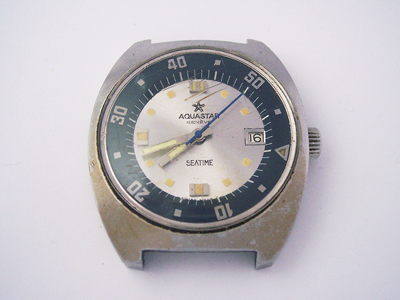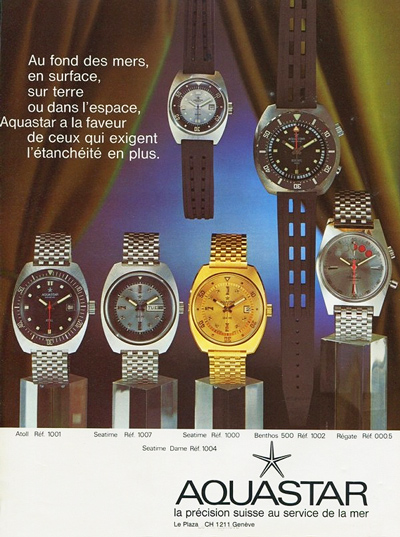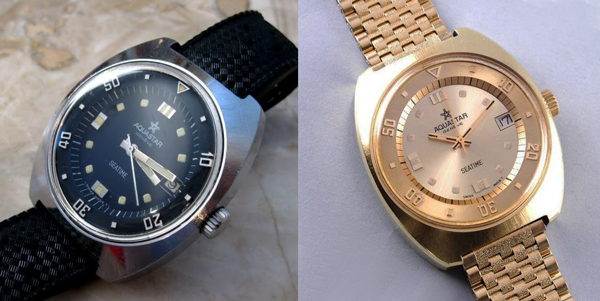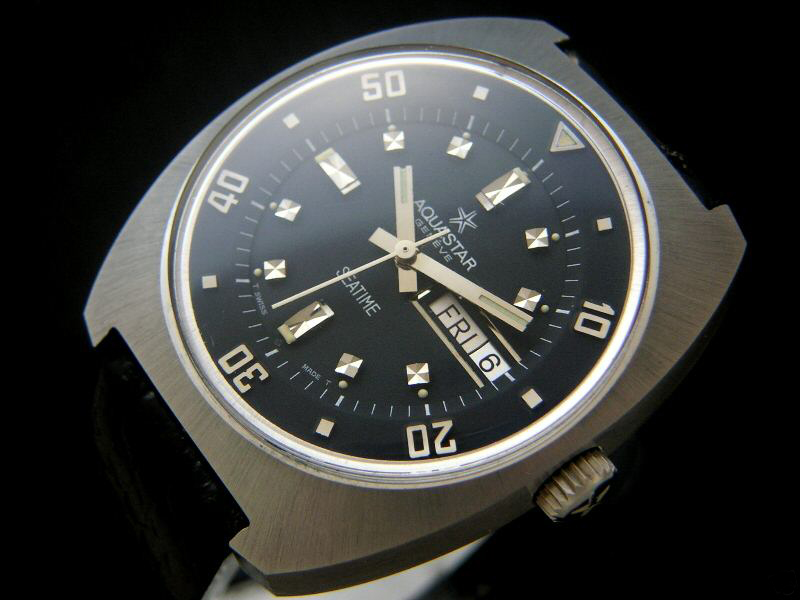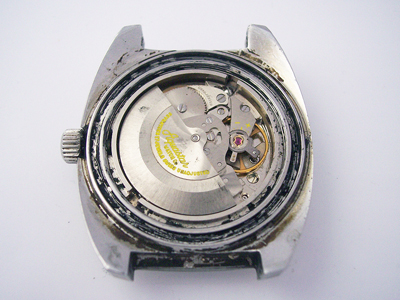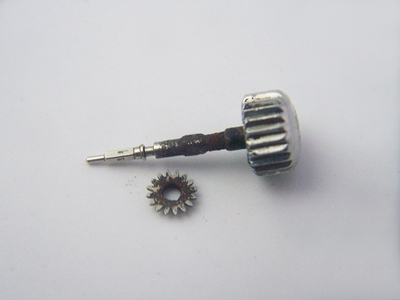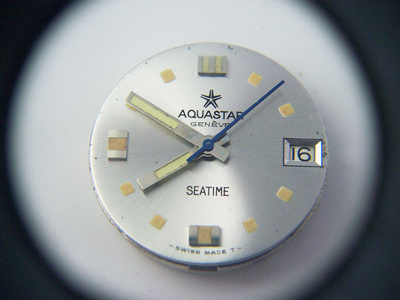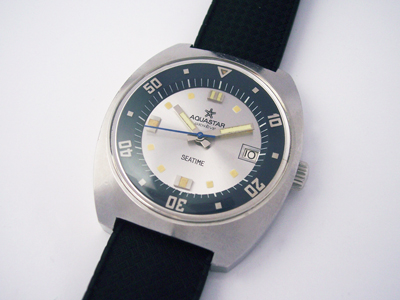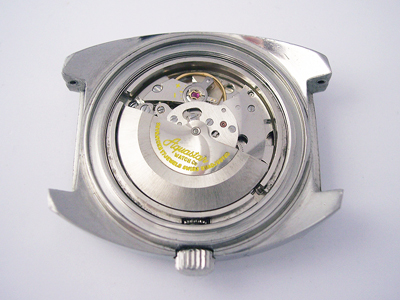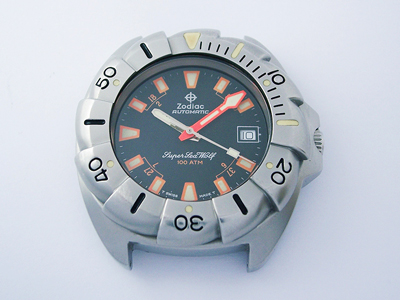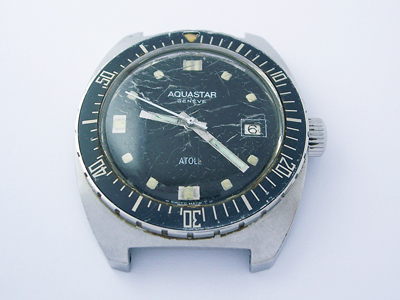As regular visitors will know, I’m a big fan of Aquastar’s vintage watches. Here’s another of their excellent divers, the Seatime.
(Click pictures to enlarge)
The Seatime first appeared around 1970 and at 40mm (excluding crown), it sits comfortably in the model range between the smaller 60 and 63, and the larger cased Benthos 500. Like the earlier ’63’, it was available in both mens and ladies sizes – here’s an advert from 1970 showing some of the models that were available.
The case is almost identical to the Atoll diver except that it features an internal rather than an external bezel. In Aquastar’s own words an inner bezel is preferable as an external bezel “collects debris. And it sometimes gets knocked off or damaged.” That may be true for the ‘lighter’ models, but it certainly doesn’t apply to the Benthos 500 which would need a direct hit from a u-boat to knock the bezel off!
The watch was available in a choice of blue or silver dial, both with a blue inner bezel, and also in all gold – certainly one for the bling lovers and as far as I’m aware, the only gold plated model that Aquastar ever produced. Ladies models were available in exactly the same colour schemes, and all watches were supplied with a matching NSA bracelet.
A day/date version with a black dial and inner bezel was produced later in the production run. The dial design was different as all the hour markers were applied, and the hand design changed too. Again, the movement was supplied by A. Schild, a cal. 1906.
As you can see in the picture above, the subject of this post arrived in a pretty sorry state. No sign of life from the movement, scruffy, and the internal bezel was stuck solid. Things were no cleaner inside as the caseback gasket had degenerated into the now familiar ‘goop’, though someone had at least been kind enough to remove most of it. The good news was that the movement, an A. Schild cal. 1902, didn’t look too bad.
The problem with the inner bezel was quickly diagnosed as the stem and the gear for the inner bezel had rusted together. Separating them proved to be difficult, and when they did finally part I initially thought that the gear would need to be replaced – a real blow as they can be difficult to find without buying a complete donor watch.
In extreme cases of corrosion, the hole through the inner gear loses its squared profile and no longer slides onto the second squared section of the stem. When this happens, a replacement gear is the only option and they can be very hard to find. Even in donor watches it’s not uncommon for the gear to be missing as there is nothing holding it in place once the stem has been removed, and can easily be lost.
Thankfully, on closer inspection the parts only had surface rust and the square profile was salvageable, so once cleaned and refinished both parts could be re-used and the bezel was up and running again. (I’ve described how the inner bezel on an Aquastar works in the past when I wrote about the Aquastar 63 – see that post here.)
Once the stem problem had been solved, I could remove the watch from the case and I was encouraged by the condition of the dial and hands. Apart from a little debris, they were in excellent condition with all the original lume intact.
Based on the condition of the case it’s hardly surprising that the movement hadn’t been serviced for many years and the oils had solidified. A service was all that was needed to put things right before turning my attention to the cosmetic work.
The case, although scruffy, was still in reasonable condition and needed no more than a thorough cleaning and a new caseback gasket. The crystal too, despite having a few deep scratches, polished up nicely. As all the lume was still intact there was nothing else to do but rebuild, so here’s the watch back in one piece.
Rich.

